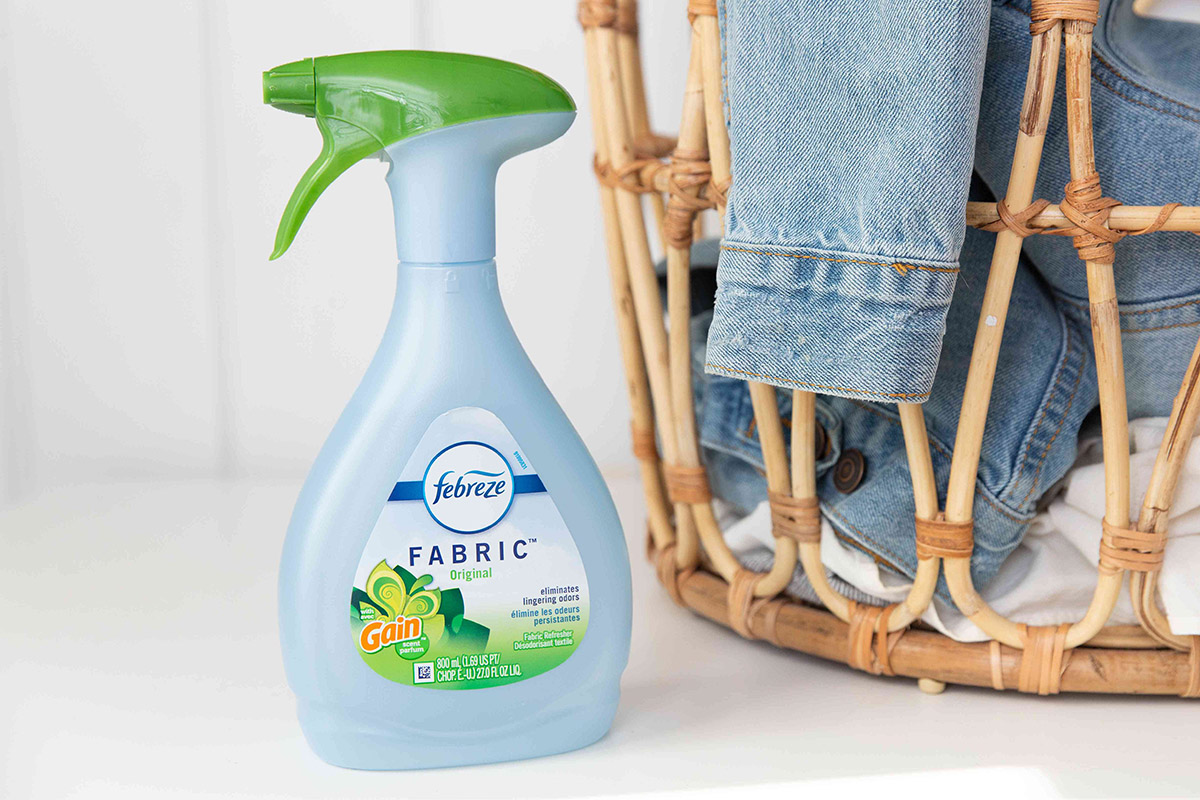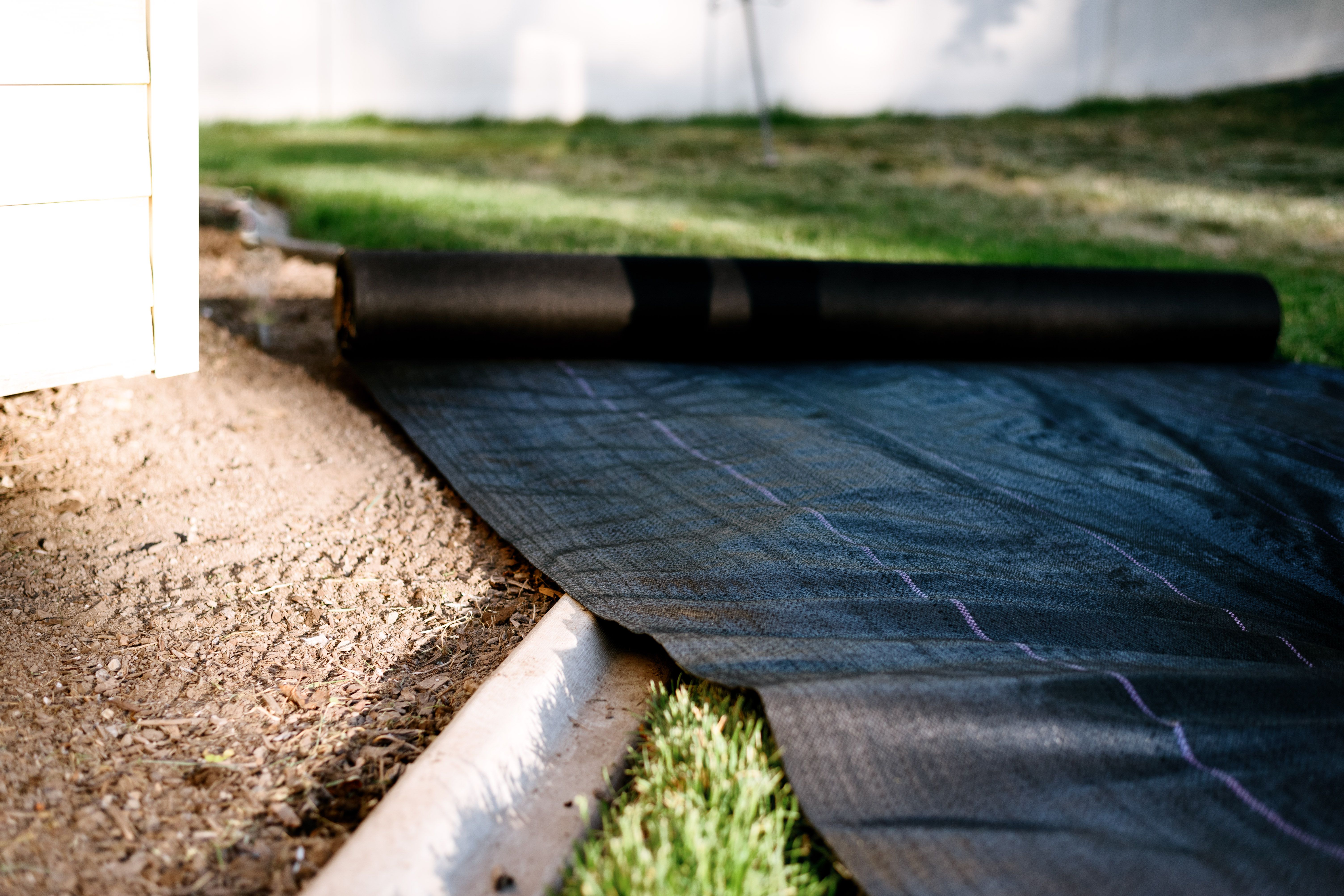

Articles
What Fabrics Shrink In The Dryer
Modified: December 6, 2023
Discover which articles shrink in the dryer and how to prevent it. Protect your favorite fabrics and keep them looking fabulous for longer.
(Many of the links in this article redirect to a specific reviewed product. Your purchase of these products through affiliate links helps to generate commission for Storables.com, at no extra cost. Learn more)
Introduction
Fabric shrinkage can be a frustrating issue for many people. You carefully choose a new garment, only to find that it has dramatically shrunk in the dryer. But what causes fabrics to shrink, and why do some fabrics shrink more than others?
In this article, we will explore the factors that cause fabrics to shrink and identify which types of fabrics are more prone to shrinkage. We will also provide some tips on how to prevent shrinkage, so you can keep your favorite garments looking good as new.
Understanding why fabrics shrink is essential for proper care and maintenance. When fabrics shrink, they become smaller in size, often resulting in a tighter fit or even rendering the garment unwearable. This can happen due to various factors, such as the composition of the fabric, how it was woven, and the heat exposure during the drying process.
By knowing which fabrics are more likely to shrink and how to prevent it, you can take steps to preserve and prolong the lifespan of your clothing, ensuring they continue to fit and look their best.
Key Takeaways:
- Fabrics like cotton, wool, and silk are prone to shrinking in the dryer due to heat and moisture. Prevent shrinkage by washing in cold water, avoiding high heat, and air drying delicate fabrics.
- Understanding fabric composition, woven structure, and care instructions can help prevent unwanted shrinkage. Take steps to preserve your clothing by following recommended washing and drying methods for different fabric types.
Read more: What Shrinks Clothes The Washer Or Dryer
Factors that Cause Fabrics to Shrink
Several factors contribute to fabric shrinkage, and understanding these factors can help you prevent unwanted shrinkage. Let’s take a closer look at the main culprits:
- Heat: Heat is one of the primary causes of fabric shrinkage. When fabrics are subjected to high temperatures, the fibers tend to contract and tighten, resulting in a smaller size. This is why using high heat in the dryer can lead to significant shrinkage. Additionally, hot water during the washing process can also contribute to shrinkage.
- Moisture: Moisture plays a role in fabric shrinkage, especially natural fibers like cotton and wool. When these fibers absorb water or moisture and then undergo heat, the fibers can contract and cause shrinkage. It’s important to note that different fibers have different moisture absorption properties, with natural fibers generally being more prone to shrinkage compared to synthetic fibers.
- Fabric Composition: The composition of the fabric itself can also influence its tendency to shrink. Natural fibers, such as cotton, wool, and linen, are more likely to shrink due to their structure and ability to absorb moisture. On the other hand, synthetic fibers like polyester and nylon have a higher resistance to shrinkage.
- Woven Structure: The way a fabric is woven can also impact its susceptibility to shrinkage. Tighter weaves are generally more resistant to shrinkage since there is less space for fibers to contract. Looser weaves, on the other hand, provide more room for fibers to tighten, leading to shrinkage.
- Chemical Treatments: Some fabrics undergo chemical treatments during the manufacturing process, such as sizing or finishing treatments. These treatments can temporarily reduce shrinkage but may wear off over time or after washing, causing the fabric to shrink.
It’s important to note that these factors can interact with each other, exacerbating shrinkage tendencies. For example, washing a cotton garment in hot water and then drying it on high heat can significantly increase the risk of shrinkage.
Fabrics that Shrink in the Dryer
While all fabrics have the potential to shrink to some extent, certain types of fabrics are more prone to shrinkage when exposed to the dryer’s heat. Here are some fabrics that are commonly known for their tendency to shrink:
- Cotton: Cotton is a natural fiber that is widely used in clothing. Although it’s a breathable and comfortable fabric, cotton is notorious for shrinking. It has a high moisture absorption capacity, and when exposed to heat, the fibers contract, causing the fabric to shrink. To minimize the risk of shrinkage, it’s recommended to wash cotton garments in cold water and hang them to air dry.
- Wool: Wool is another natural fiber that can shrink when exposed to heat and moisture. Wool fibers have a crimped structure that allows them to bond tightly together, making them susceptible to shrinkage. To prevent shrinkage, it’s best to hand wash wool garments or use the delicate cycle with cold water. Air drying is also recommended for wool items.
- Linen: Linen is a lightweight and breathable fabric that provides excellent comfort in warm weather. However, it has a tendency to shrink when exposed to heat. Washing linen items in cold water and air drying them is the best way to prevent shrinkage and maintain the fabric’s natural texture.
- Rayon: Rayon is a semi-synthetic fabric made from cellulose fibers. While it has a soft and smooth texture, rayon is prone to shrinkage when exposed to heat. To prevent shrinkage, it’s advisable to hand wash rayon garments or use the gentle cycle with cold water. Air drying is the safest drying method for rayon.
- Silk: Silk is a delicate and luxurious fabric that requires special care to avoid shrinkage. High heat and agitation in the dryer can cause silk to shrink and lose its luster. Dry cleaning or hand washing silk items is recommended, followed by laying them flat or hanging them to air dry.
It’s important to check the care labels on your clothing to determine the fabric composition and recommended care instructions. This will help you understand how to best care for your garments and minimize the risk of shrinkage.
To prevent shrinking in the dryer, avoid putting fabrics such as wool, silk, and certain synthetic materials like polyester and spandex in the dryer. Instead, air dry these fabrics to maintain their shape and size.
How to Prevent Shrinkage
Although fabric shrinkage is a common issue, there are several steps you can take to prevent it and preserve the size and fit of your garments. Here are some effective methods to help you avoid shrinkage:
- Read the Care Labels: Start by carefully reading the care labels on your clothing. They provide essential instructions on how to properly clean and maintain your garments. Follow the recommended guidelines, including temperature settings and drying methods, to minimize the risk of shrinkage.
- Wash in Cold Water: When laundering your clothes, opt for cold water instead of hot. Cold water is less likely to cause shrinkage because it doesn’t prompt the fibers to contract. Use a gentle cycle to further protect the fabric during the washing process.
- Avoid High Heat: Heat is the primary culprit for fabric shrinkage. Whenever possible, avoid using high heat in both washing and drying. Instead, opt for low or medium heat settings. Consider air drying your clothes to eliminate the risk altogether.
- Use a Delicate Drying Method: If you must use a dryer, select a delicate or low heat setting. This reduces the potential for shrinkage. Additionally, removing the clothes from the dryer slightly damp and allowing them to air dry the rest of the way can help preserve their size and shape.
- Reshape and Lay Flat: Some garments, such as knitwear or delicate fabrics, benefit from being reshaped and laid flat to dry. This method helps maintain their original shape and prevents shrinkage. Avoid hanging heavy items or stretchy clothing, as they may stretch out of shape when wet.
- Pre-Shrink Fabric: If you’re working with a fabric that is known to shrink, such as cotton, consider pre-shrinking it before sewing or creating a garment. This involves washing and drying the fabric using the recommended care instructions to eliminate any potential shrinkage.
- Avoid Overcrowding: Overcrowding the washing machine or dryer can hinder proper airflow and heat distribution. This can lead to improper drying and, in some cases, shrinkage. Be sure to leave enough space for the clothes to move and air to circulate, allowing them to dry evenly.
By following these preventive measures, you can significantly reduce the risk of fabric shrinkage. Remember, each fabric has its own unique characteristics, so it’s crucial to adopt suitable care practices accordingly to preserve their quality and lifespan.
Conclusion
Fabric shrinkage is a common concern that can affect the size, fit, and overall appearance of your clothing. Understanding the factors that cause fabrics to shrink and knowing which fabrics are more prone to shrinkage is essential for proper care and maintenance.
Heat, moisture, fabric composition, woven structure, and chemical treatments all play a role in fabric shrinkage. Fabrics such as cotton, wool, linen, rayon, and silk are known to shrink when exposed to high temperatures, making them more susceptible to shrinking in the dryer.
To prevent shrinkage, it’s important to read and follow the care labels on your clothing. Washing garments in cold water, avoiding high heat, and using delicate drying methods can help minimize the risk of shrinkage. Air drying and reshaping garments can also preserve their size and shape.
By taking these preventive measures, you can extend the lifespan of your clothing and maintain their original fit and appearance. Proper care and attention to fabric properties will help you enjoy your favorite garments for years to come.
Remember, each fabric is unique, and it’s essential to adapt your care practices accordingly. By treating your clothes with care and implementing these prevention methods, you can bid farewell to the frustration of shrinking fabrics and keep your wardrobe looking and fitting its best.
Frequently Asked Questions about What Fabrics Shrink In The Dryer
Was this page helpful?
At Storables.com, we guarantee accurate and reliable information. Our content, validated by Expert Board Contributors, is crafted following stringent Editorial Policies. We're committed to providing you with well-researched, expert-backed insights for all your informational needs.
















0 thoughts on “What Fabrics Shrink In The Dryer”